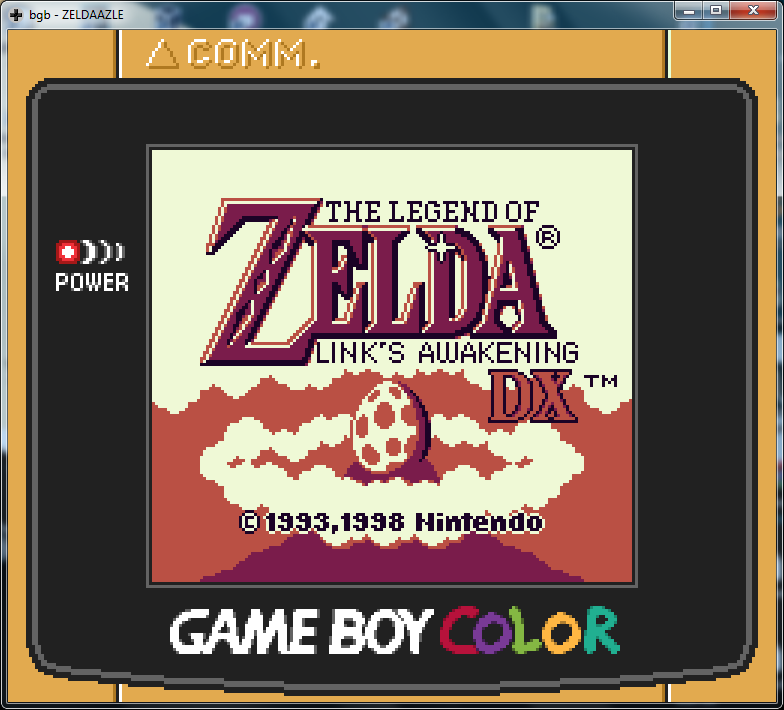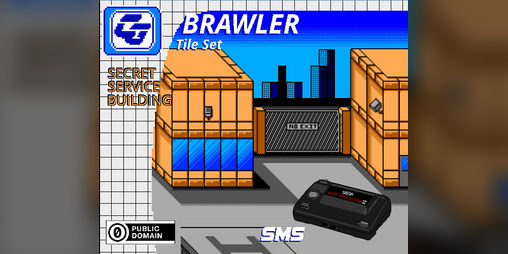


For example, rather than having two unique sprites with states Explode and Squash, consider making a single state used by both called Destroy. Each one you add increases the amount of memory required for all sprites in your game. The list of sprite names is global for your project and it's recommended to keep the number of unique names low. Once you've created a new Animation State you can name it by typing in the State Name input in the Editor Sidebar, or by selecting an existing sprite name. These let you create custom animations that can be triggered from scripts. Using the + button in the Animation Navigator you can create new Animation States. Some sprite types also allow you to "Flip 'Right' to Create 'Left' Facing Frames", this lets you create both the left and right sprite animations from a single animation that gets flipped automatically saving you from creating these animations manually. For example while you can use any sprite type for a Platformer scene player, it's recommended to set the type to be Platformer Player as this will allow you to configure the Jump and Climbing animations. In the Editor Sidebar you can choose from a list of sprite types, setting this will determine the number of animations available for your sprite and what names they have in the Animation Navigator.


To make a static sprite that changes based on the actor's direction, create a 48px x 16px.
Game maker retor palette swap full#
Using these sprites on an actor will let you select which frame you want to display by default, on top of playing the full animation at a specified speed. png with between 2 frames at 32px x 16px and 25 frames at 400px x 16px. If you want to have sprites that play short animations, you can make a. png as a 16px x 16px image containing just the one frame required. static items such as signposts) create your. Static sprites įor sprites that only need a single frame (e.g. A sprite with a single frame will be 16px x 16px while a sprite with three frames will be 48px x 16px. Simple Sprites Ī simple sprite has one or more 16px x 16px frames laid out horizontally in an image file. png files in your project's assets/sprites folder.īecause there are limits to how many sprites tiles can be loaded into a single scene, be sure to check your the frame limits across your scenes when adding new sprites. Sprites are the graphics used by playable or interactive characters in your scenes.


 0 kommentar(er)
0 kommentar(er)
